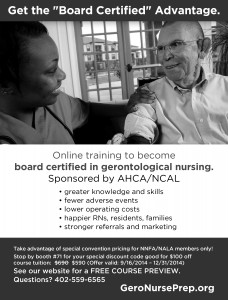
Medicare has revised the 5 start rating system which is used to evaluate nursing home performance. The reason for revising rating system is that the system does not do anything fruitful. An Investigation piece in the New York Times shed some light on the difference between reality and rating. Ratings were positioned on the basis of annual health inspections and on 2 measures reported by the nursing home itself. The revised rating system will introduce external audits of nursing home quality and electronically submitted staffing data, as well as by incorporating some new measures such as the proportion of residents taking antipsychotic medications, hopes to overcome the shortcomings of the existing rating approach.
There are now so many rating agencies, using very different rating scales. The key point is that single grade cannot grasp all features of medical facility’s performance that are suitable to all the group, individual and organization whom the ratings are designed.
So will the revised ratings of nursing homes (coming in January, 2015) make grades meaningful?
Read more: http://blog.drmurielgillick.com/2014/10/rating-ratings.html









